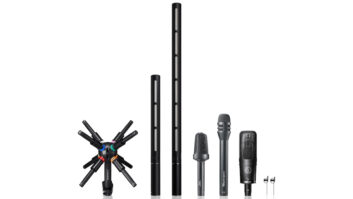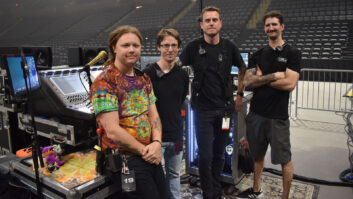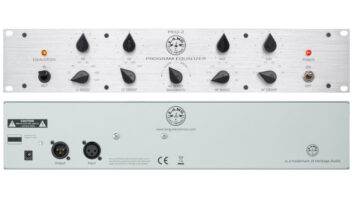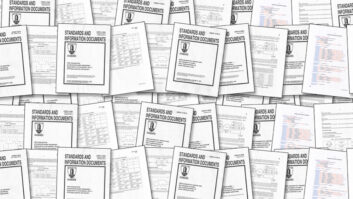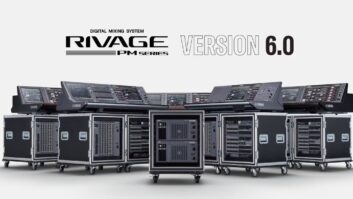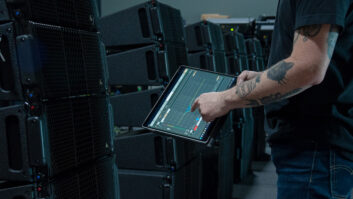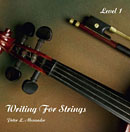
Traditionally available at only a few select music schools, Alexander Publishing, a music education and training publisher, has released the first of two training programs: Writing For Strings/Living Music Book Level 1. This new course is based on 30 lessons and includes QuickTime videos, MIDI files, a sample library, recorded audio examples, PDF scores, a thesaurus of orchestral devices and a text on orchestration that can be supplemented by a mentor program, live recording sessions and summer workshops.
Written by Peter Lawrence Alexander and available in 2005, the Writing For Strings/Living Music Book Level 1 program is specifically designed to be used with either a high-quality professional MIDI keyboard or a computer with a sequencing program and software sampling library.
“The whole process of recording with high quality sample libraries is based on how composers, if they want to earn a living in music, are required to write, produce and record their own music, whether in Los Angeles, New York, London, or my home town of Petersburg, Virginia,” affirms Alexander.
Starting with the opening lessons and using a MIDI keyboard, students record existing violin, viola, cello and bass lines from the classics, which they can then compare to budget recordings from LaserLight or Naxos. This way the student discovers what strings sound like in each register and how to properly phrase for strings. “This is how professionals learn to create as authentic an orchestral sound as possible using electronic means,” says Alexander.
The first half of the lessons includes a progression through principles of string orchestration and referencing scores, while the second half of the lessons features specific arranging techniques that are then applied and recorded with five songs they chose from different music styles.
For a complete course description of and ordering information for Writing For Strings/Living Music Book Level 1, please visit www.truespec.com/store/books/courses/writingforstrings/index.shtml or call 310/384-7271.
